I spent the afternoon sitting at the table in my apartment working on my monthly report to be sent to the other members of my group. Around 4pm, a heard a knock on my door. When I opened the door I found three men, all appearing to be in their early 20s and in Movistar uniforms. “Señor Juan Perez?” the one with the clipboard asked, looking confused, and obviously knowing that I was not Señor Perez. “Mmm. No, lo siento.” I responded. “Oh, perdón” he said as he looked at his clipboard. Then knocked on the apartment next door. “No hay problema” I responded, closing my door.
I sat back down at my computer feeling like I had wasted an opportunity. Not only were these potential contacts, they were internet installation workers. The exact type of people useful in an ethnography of how people use the internet. So I grabbed my stack of business cards and went back to the door. When I opened it again, two were standing on landing of the apartment steps just outside my door and using every ounce of courage I spit out “Soy antropologa y mi proyecto es en el tema de internet. Si quieren ayudar y complir una encuesta sobre el uso de internet y redes sociales en Alto Hospicio, aqui está mi tarjeta. Pueden mandarme un email y te explico mas sobre le investigación porque no quiero molestarse cuando están trabajando.” They responded with polite chitchat asking me the same things everyone does. “Where are you from?” “How long have you spent in Chile?” “How much longer are you going to stay?” I politely answered then said I would let them get back to work.
I walked inside feeling pleased that I had at least tried to make some new contacts today, even though I had pretty much resigned myself to staying inside and writing all day. In fact, I was so pleased with myself that I half-facetiously wrote on facebook, “new sampling method: when repair men accidentally knock on my door, give them my card in hopes they'll email and i can give them my survey.” I thought it was especially clever because though some anthropologists use quite rigorous sampling methods, in other circumstances it simply impossible to be systematic about choosing who will participate in a qualitative study. I follow anthropologists such as Laura Bohannan Michael Taussig, and Victor Turner, who argue that the discipline, at it’s core is opportunistic and relies on coincidence. “The way [Taussig sees] it, a plan of research is little more than an excuse for the real thing to come along, I much the same way as the anthropologist Victor Turner described the value of writing down kinship diagrams as largely an excuse to stop falling asleep on the job and provide a situation in which the real stuff got a chance to emerge” (Taussig 2011:59). [see a longer discussion here]
As facebook statuses do, after a few minutes, it had received a few likes. And then a comment. Ooh, what better way to procrastinate, I thought. Reading comments on facebook is so much more fulfilling than simple likes.
hmmm...yeah you get great info but only until a point...is that IRB proof? "I will flirt shamelessly with every person I meet until they agree to an interview"
Suddenly, I began to question if I had been flirting. Honestly, the men were not unattractive. I did smile. Had I been subconsciously coming on to them? Did I only give them my card because I thought they were attractive? Was I too nice? Should I not have answered their questions about where I’m from and how long I’m staying in Chile?
And then I started thinking about anthropology in general. Really all anthropologists, or at least the good ones, have to flirt (in a general sense). If you want to meet new people and gain rapport with them in a relationship that usually benefits you and your career far more than it does them, you’ve got to know how to sweet talk. Whether it’s with little old ladies, friendly police officers, or the Moviestar installation men, being nice and smiling is the only way you’re going to get anywhere. Flirting is part of the skillset of an anthropologist.
Yet the way this person—this person who is a woman and an anthropologist—characterized my friendliness as “flirt[ing] shamelessly” really rather upsets me. If I had done the exact same thing, which I often consider, with the woman who comes to my door weekly selling pastries, would that be considered flirting? If I were a man and asked these installation men to email me if they’d be willing to participate in my survey would it be read the same way?
Part of my research strategy, suggested by the project leader, is going door to door (with an assistant) asking people to take the survey. Will this be construed as flirting? Is there a qualitative difference between me knocking on a random door or someone random knocking on my door? Is opportunism slutty?
In the end the comment upsets me, not because this one person made an incredibly gendered assumption in that suggesting a woman initiating conversation with a man or group of men is always “flirt[ing] shamelessly.” And it is not just because this person, as an intelligent woman trained in anthropology, should know better than to reinscribe the very ideologies that one hopes anthropologists are working against. No, it bothers me because I know it reflects a broader discourse in which a woman, and particularly a single woman who lives alone, making conversation with men must be a sexual invitation. For me, the first way to fight against this stereotype is not to sit in my apartment wishing to ask people to take the survey but fearing I will be misinterpreted. Rather it is to go out and defy these discourses (though safely), asserting myself as a capable researcher gathering participants for my survey.
1966 Shakespeare in the Bush: An American Anthropologist Set Out to Study the Tiv of Africa and Was Taught the True Meaning of Hamlet. Natural History 75: 23-33.
Taussig, Michael T.
2011 I Swear I Saw This: Drawings in Fieldwork Notebooks, Namely My Own. Chicago: University of Chicago Press.
Turner, Victor
1969 The Ritual Process: Structure and Anti-Structure. Chicago: Aldline Publishing.
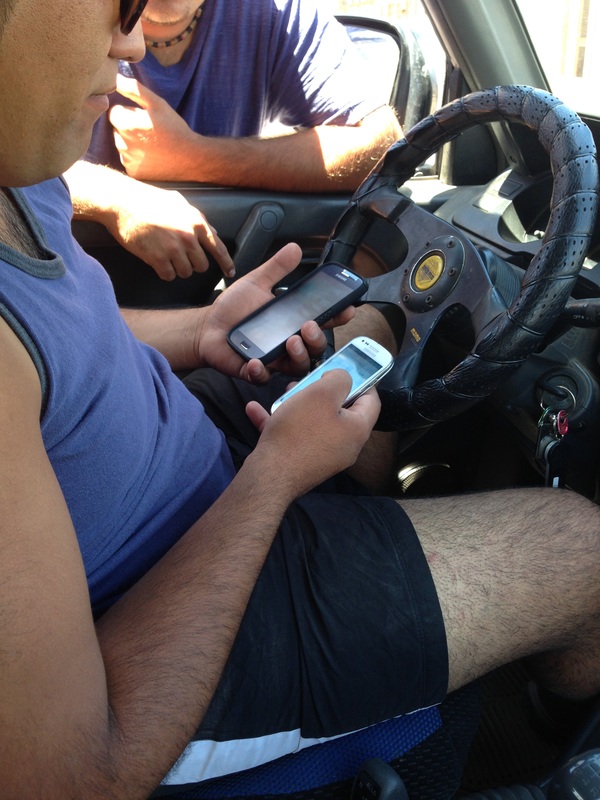


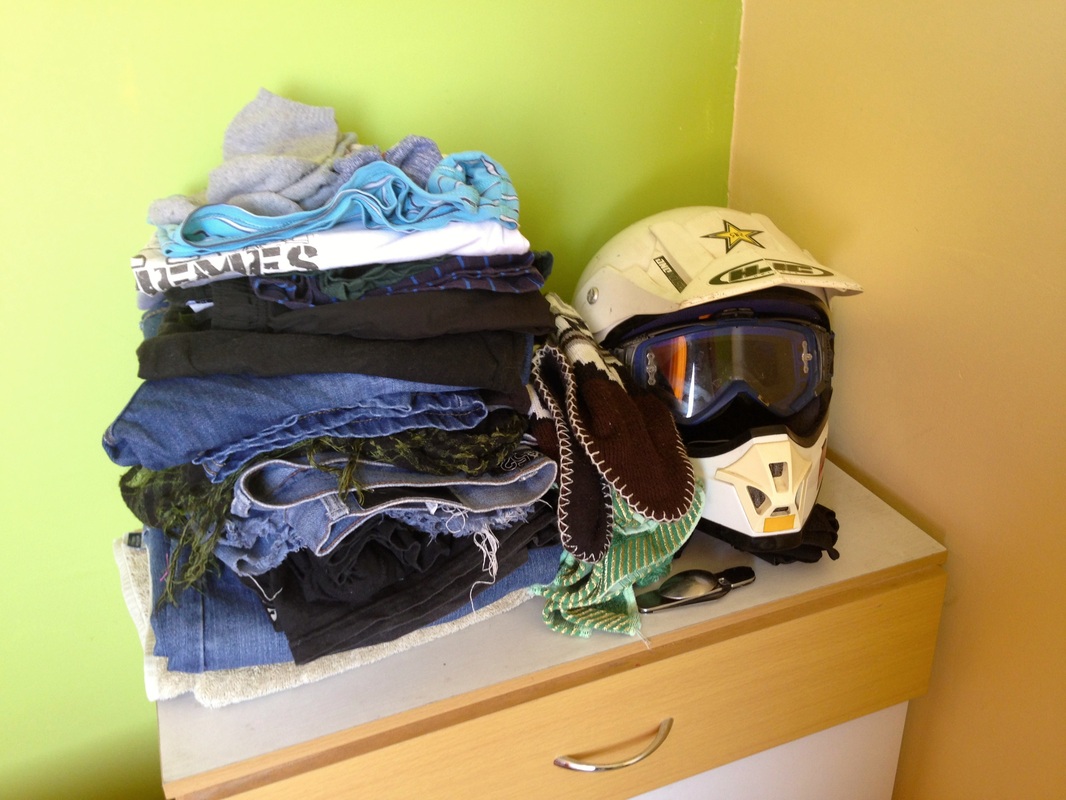
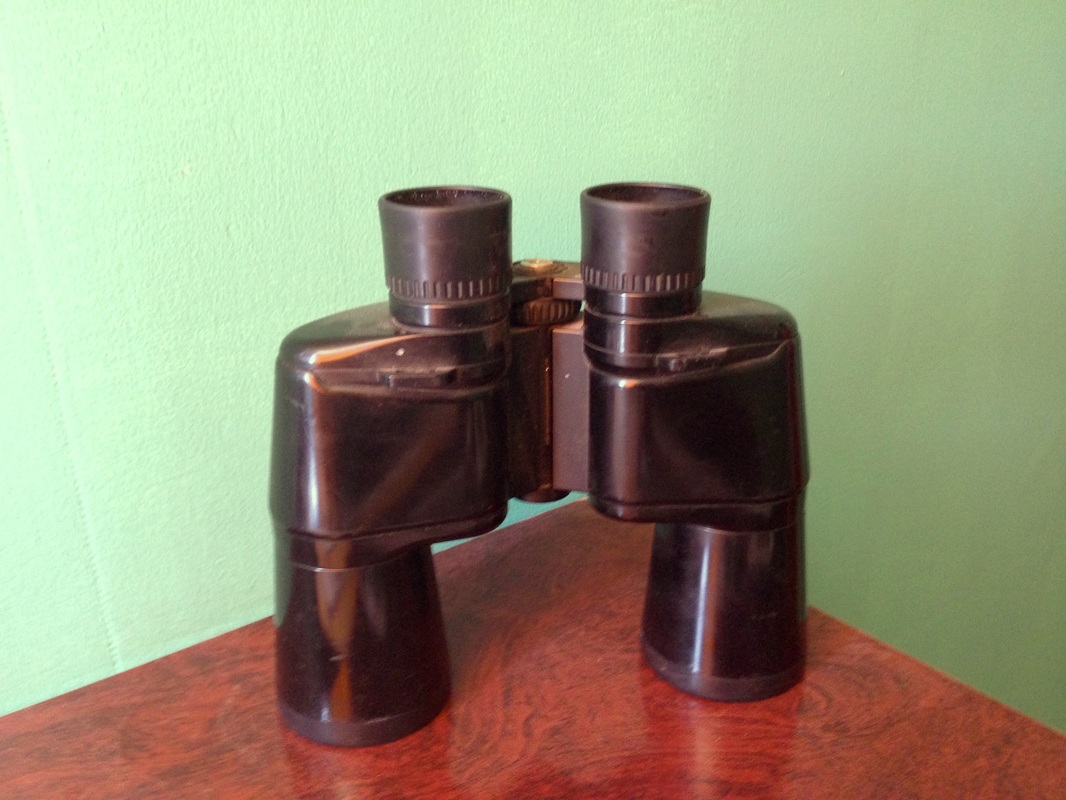
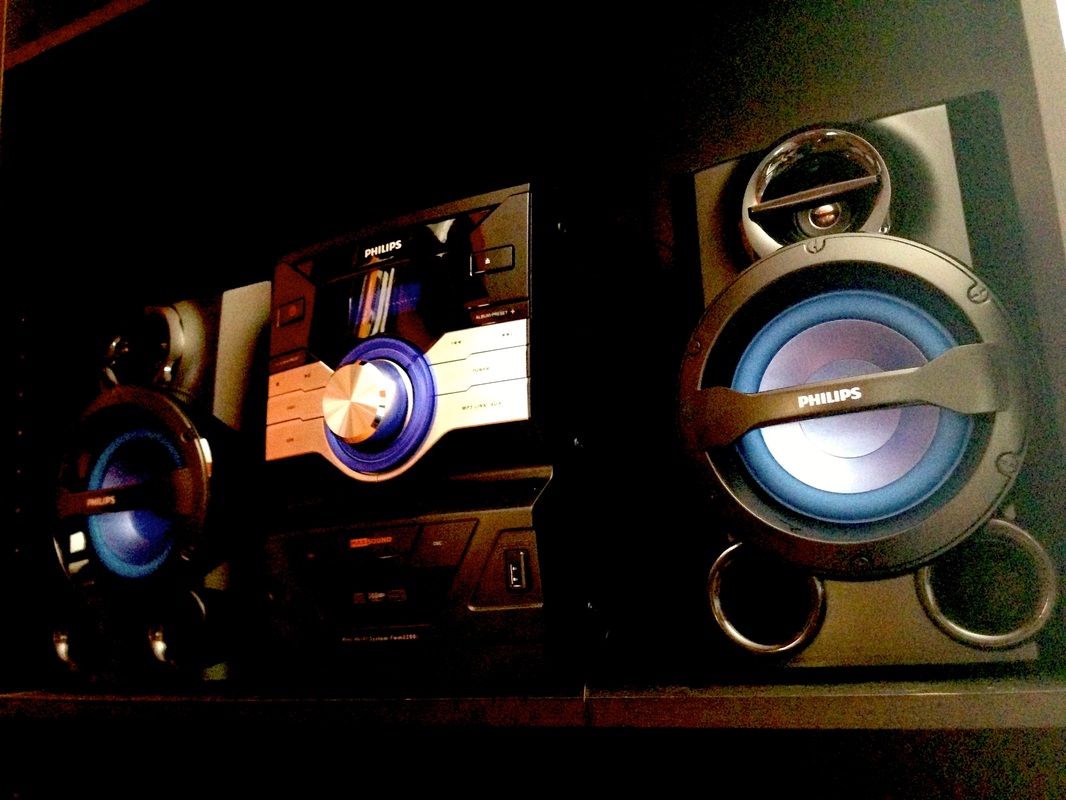


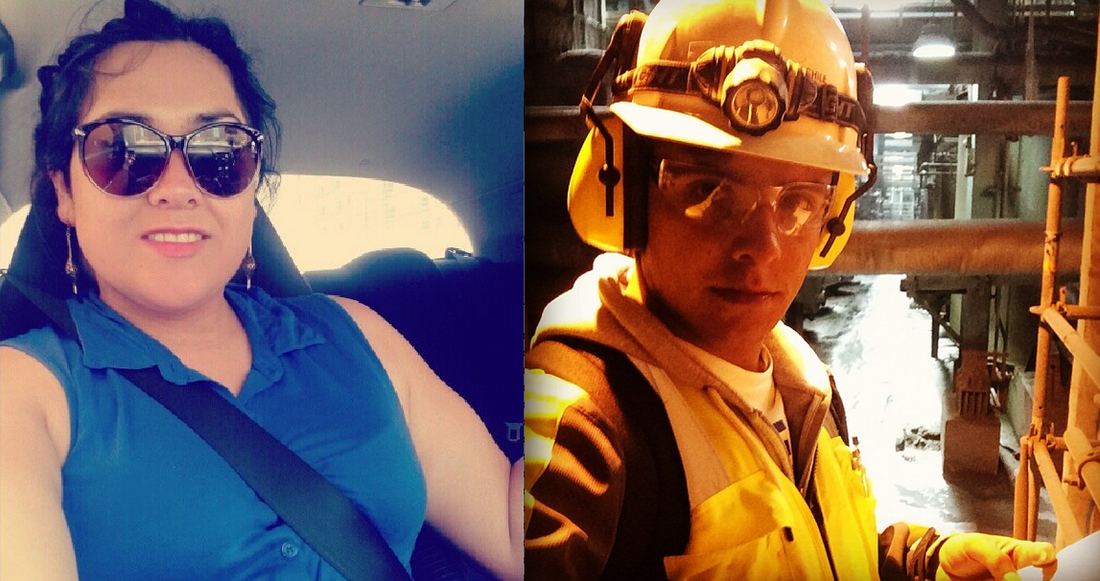

 RSS Feed
RSS Feed
